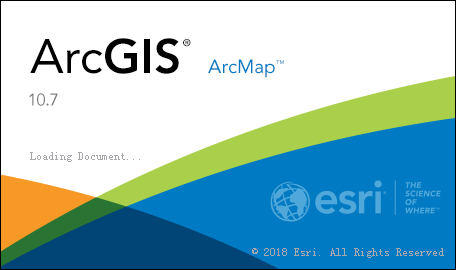Earth's Size and Shape
Earth's Size
The size of Earth, like the size of all of the celestial bodies, is measured in a number of parameters including mass, volume, density; surface area, mean diameter, and circumference .
Earth's Shape
Earth's circumference and diameter differ
because its shape is classified as an oblate spheroid or ellipsoid, instead of
a true sphere. This means that instead of being of equal circumference in all
areas, the poles are squished, resulting in a bulge at the equator, and thus a
larger circumference and diameter there.
The equatorial bulge at Earth's
equator is measured at 26.5 miles (42.72 km) and is caused by the planet's
rotation and gravity. Gravity itself causes planets and other celestial bodies
to contract and form a sphere. This is because it pulls all the mass of an
object as close to the center of gravity (the Earth's core in this case) as
possible.
Because Earth rotates, this sphere is
distorted by the centrifugal force. This is the force that causes objects to
move outward away from the center of gravity. Therefore, as the Earth rotates,
centrifugal force is greatest at the equator so it causes a slight outward
bulge there, giving that region a larger circumference and diameter.




Comments
Post a Comment